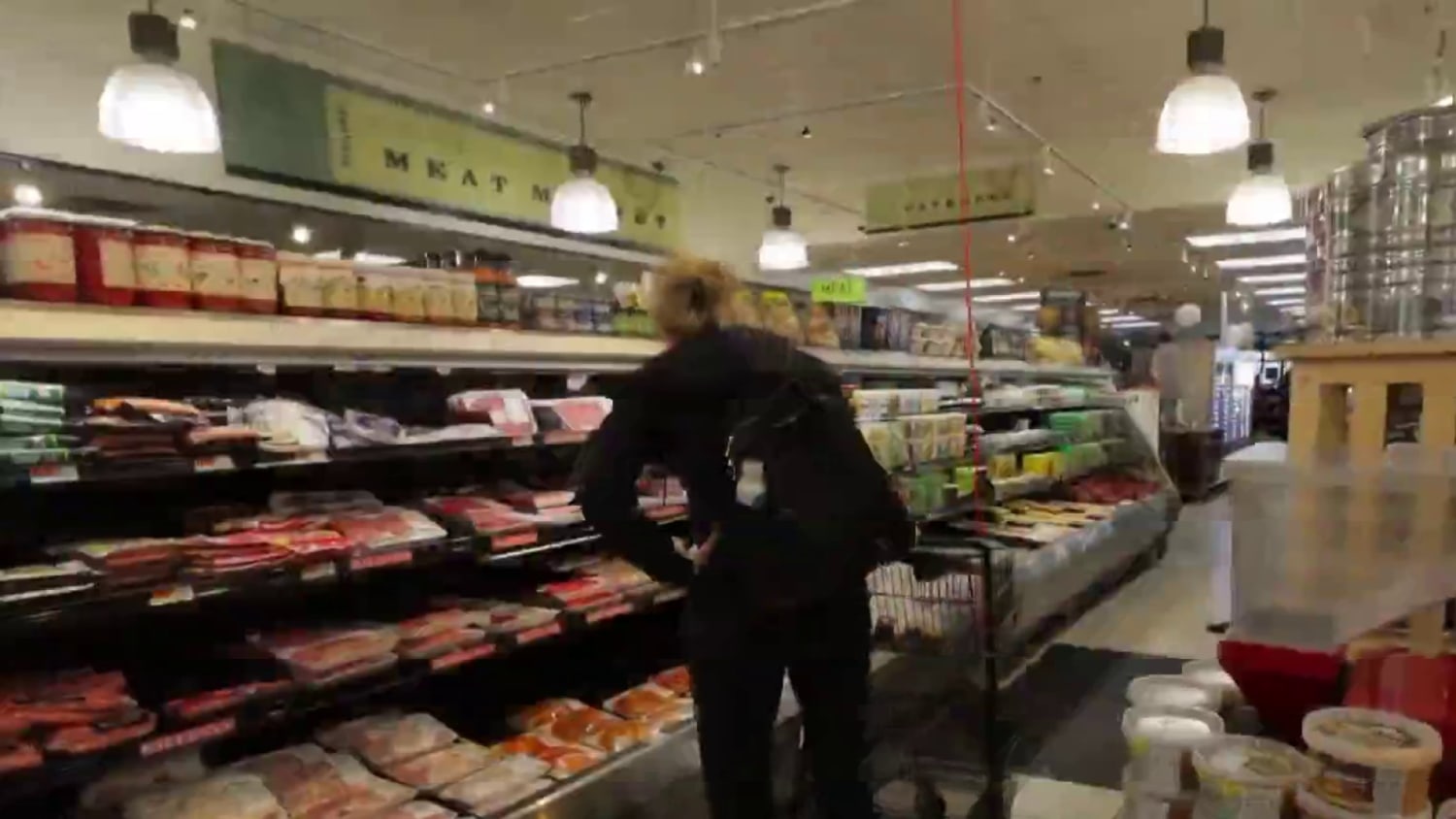Food banks prepare for higher demand as government shutdown stretches on
As the U.S. government shutdown enters its third week, the consequences are becoming increasingly visible across the nation. One of the most vulnerable sectors affected by the ongoing gridlock is the charitable food system. With federal workers furloughed or working without pay, many individuals and families are facing severe financial strain. Food banks and community organizations, which rely heavily on federal funding and donations, are now preparing for a surge in demand for food assistance. These organizations, often the last line of defense for those struggling to make ends meet, are bracing for what could be the busiest period in their history.
Greater Pressure on {{Vulnerable}} Populations
The shutdown, now in its third week, is already severely impacting low-income households, federal employees, and others dependent on public services. Numerous individuals are currently at risk of losing vital safety net initiatives, such as SNAP (Supplemental Nutrition Assistance Program) benefits, managed by the U.S. Department of Agriculture (USDA). Without this aid, families previously struggling financially are now seeking help from food banks. This increased dependence on food assistance during the shutdown has led many community groups to anticipate an unprecedented surge in need.
Local food banks, which typically serve as a vital resource for individuals and families in need, are stepping up their efforts to meet the increased demand. These organizations are working tirelessly to secure additional food donations, partner with other non-profits, and ensure that their shelves remain stocked. However, with the shutdown impacting the economy and reducing contributions from federal programs, many food banks are finding it more difficult than usual to keep up with the rising need. The possibility of running out of food or resources is now a real concern for many organizations across the country.
The Broader Economic Impact on Food Assistance Programs
In addition to food banks, other initiatives aimed at assisting at-risk groups are encountering difficulties because of the current government shutdown. A significant worry is the possible exhaustion of federal money allocated for food aid to millions of citizens. For instance, the USDA’s Supplemental Nutrition Assistance Program (SNAP) is essential for households below the poverty line, offering monthly allowances to buy food. Should the shutdown persist, these services could be severely interrupted, leaving countless individuals without vital assistance.
Although food banks and benevolent groups are stepping up to bridge the void, they lack the capacity to manage the immense scale of demand independently. Numerous such organizations, particularly the smaller ones, function with scarce resources and depend significantly on volunteers and contributions to sustain their operations. Consequently, the shutdown reveals the vulnerability of the charitable food system, which is being pushed to its breaking point. This problem is exacerbated by the reality that many food bank staff and volunteers are personally affected by the shutdown, introducing an additional layer of complexity to an already intricate scenario.
Furthermore, the ongoing shutdown is causing ripple effects across the broader economy. As federal workers miss paychecks, their purchasing power diminishes, which in turn affects local businesses and communities. This creates a cycle of financial instability that exacerbates the need for food assistance and further strains the resources available to charitable organizations. The longer the shutdown continues, the greater the strain will be on food banks and community groups, many of which are already struggling to keep up with the demand.
Rising Demand and the Importance of Community Support
Despite the growing challenges, food banks and community organizations are doing their best to rise to the occasion. Many have launched fundraising campaigns to help replenish their supplies and ensure that they can continue to serve those in need. Others are partnering with local businesses and corporations to secure food donations, which are essential for keeping their shelves stocked. Volunteers have also stepped up to help manage the increased workload, though some food banks are facing shortages of staff as well.
The current circumstances are highlighting the significance of communal assistance and the crucial function that food banks fulfill during emergencies. With an increasing number of individuals seeking aid from these entities, the fortitude of communities and the readiness of people to assist those in distress are becoming evident. Nevertheless, even with widespread collaboration, considerable challenges remain. The effects of the shutdown on the most susceptible groups are expected to intensify in the upcoming weeks, necessitating continuous backing for food banks to manage the escalating need.
The Path Forward: Advocacy and Long-Term Solutions
Moving forward, proponents of food security are urging legislators to tackle the problem of hunger and food insecurity through a more holistic approach. Although immediate aid initiatives, like charitable contributions and volunteer help, are crucial, there’s an increasing understanding that these challenges require systemic solutions. This entails advocating for an end to the shutdown, which would offer assistance to both government employees and their supporting organizations. Furthermore, it involves developing more enduring remedies for hunger, such as broadening eligibility for nutritional support programs and guaranteeing sufficient funding and backing for food banks.
In the meantime, the nation’s food banks and community organizations continue to fight an uphill battle. With the government shutdown continuing, their work is more important than ever. These organizations are not only providing food, but also offering hope to those who have been hit hardest by the crisis. As the situation evolves, food banks will continue to play a critical role in addressing food insecurity, but the long-term success of their efforts will depend on a combination of community support, government action, and a broader commitment to ensuring that no one in the U.S. goes hungry.
The ongoing government closure underscores the necessity for a more robust and efficient social safety net to assist at-risk groups, particularly during emergencies. Although food banks and local organizations are exerting maximum effort, their resources are strained, and resolving the shutdown is crucial for alleviating current difficulties. While the country anticipates the shutdown’s conclusion, the most susceptible communities will persist in depending on the aid from local food banks and other philanthropic entities to fulfill their fundamental requirements.




